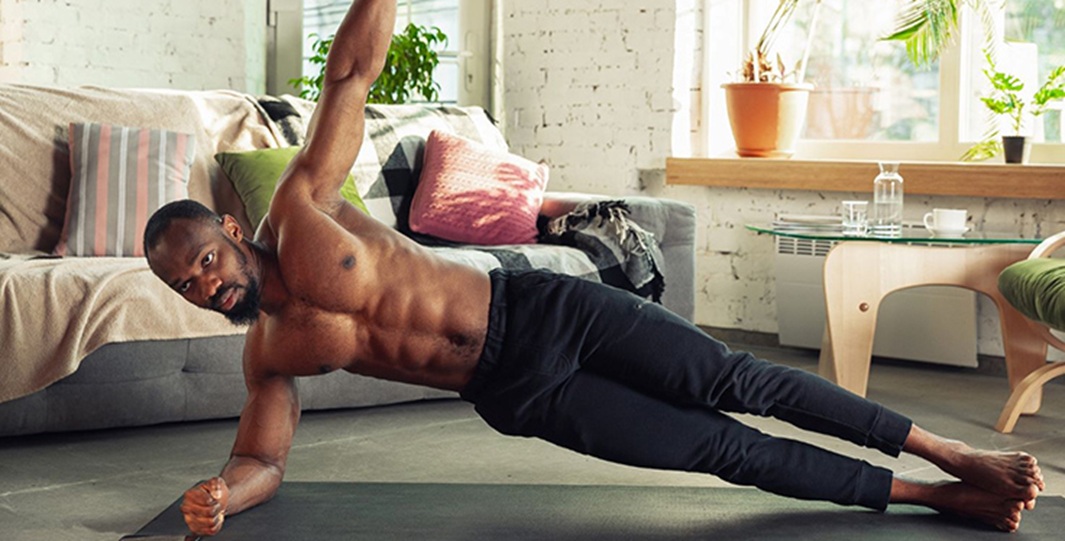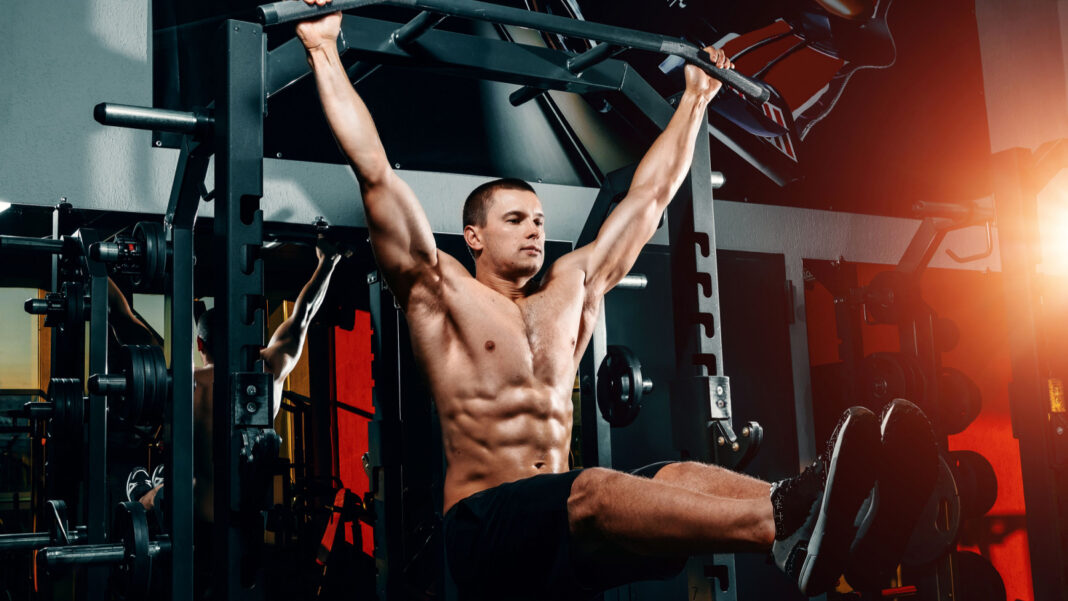Abs vs Core: Why Your Crunches Aren’t Enough
Crunches are the go-to move for abs. Every gym newbie does them. Fitness magazines swear by them. And yet, most lifters who rely solely on crunches for core training are stuck with a weak midsection, poor posture, and zero progress.
From a bodybuilder’s standpoint, this is more than just aesthetics. Your core is the foundation of every major lift — it controls your bracing, protects your spine, and affects how much weight you can move safely.
Let’s break down the real difference between “training abs” and “training your core”, why crunches fall short, and what to do instead — no matter your experience level.
Abs vs Core: What’s the Actual Difference?
Abs usually refers to the rectus abdominis — the “six-pack” muscle that runs vertically down your front torso. It flexes the spine and is visible when body fat is low.
Core includes much more:
- Rectus abdominis (yes, the abs)
- Obliques (side abs, trunk rotation)
- Transverse abdominis (deep stabilizer)
- Erector spinae (lower back)
- Multifidus & Quadratus lumborum (spinal stabilizers)
TL;DR: Abs are part of the core. Core = the whole system. Training only the abs = incomplete development.
Why Crunches Alone Don’t Cut It
Crunches do one thing: spinal flexion. And they only target one part of the core — the rectus abdominis — in a very limited range of motion.
Here’s what crunches miss:
- Anti-extension strength (resisting back-arching under load)
- Anti-rotation (keeping the torso stable when twisting forces act on it)
- Lateral flexion/resistance (holding yourself upright during unilateral loads)
- Deep core bracing (what you need for squats, deadlifts, overhead pressing)
Crunches are also:
- Easy to overdo with bad form
- Limited in progression (no real overload)
- Overused at high reps with minimal tension
In short: Crunches aren’t bad — they’re just a single tool in a very large toolbox. Most lifters are building a skyscraper with a screwdriver.
Why Core Strength Matters (More Than You Think)
From a bodybuilding standpoint, your core isn’t just about looking good — it’s about functioning well in every lift:
In Squats:
A strong core resists spinal collapse and helps maintain an upright posture. Weak core? Your chest caves, lower back rounds, and you risk injury under load.
In Deadlifts:
Your ability to brace and resist spinal flexion determines how safely and efficiently you can lift heavy.
In Overhead Press:
Anti-extension is key — weak core = arching lower back, zero pressing power.
In Rows & Pull-Ups:
You need stability to avoid torso twisting and energy leaks.
Training the entire core = more weight lifted, better form, safer progression.
A Bodybuilder’s Core Training Strategy
If you’re training for muscle, symmetry, and performance, your core strategy needs to include:
✅ 1. Direct Ab Hypertrophy Work
Yes, train your six-pack muscles — but use progressive overload, not endless reps.
- Cable Crunch
- Weighted Decline Sit-Up
- Hanging Leg Raise
✅ 2. Bracing & Anti-Extension Work
These exercises teach your core to resist collapse.
- Ab Wheel Rollout
- RKC Plank
- Dead Bug
✅ 3. Anti-Rotation & Anti-Lateral Flexion
Crucial for spinal stability and unilateral training support.
- Pallof Press
- Single-Arm Farmer’s Carry
- Side Plank Variations
✅ 4. Lower Back & Posterior Core
Often neglected — yet vital for balance and injury prevention.
- Back Extensions
- Bird Dogs
- Good Mornings (light, controlled)
Pro Tip: Don’t cram all this into one session. Spread your core work across 2–3 days a week with 2–4 total exercises per week.
Programming Core: More Than Just Abs Day
✅ Frequency:
- 2–3x per week
- Best done after lifting, not before heavy compound movements
✅ Volume:
- 8–15 reps for weighted work
- 30–60 sec for isometrics
- 2–3 sets per movement
✅ Split Examples:
| Day | Core Focus |
| Push Day | Cable Crunch + Plank |
| Pull Day | Hanging Leg Raise |
| Leg Day | Ab Wheel + Pallof Press |
Sample Core Workouts for Lifters
🔹 Beginner Core Builder
- Dead Bug – 3 x 10/side
- Cable Crunch – 3 x 12
- Plank – 3 x 30 sec
🔹 Intermediate Core Split
Day 1:
- Hanging Leg Raise – 3 x 10
- Ab Wheel – 3 x 8
Day 2:
- Pallof Press – 3 x 12/side
- Weighted Plank – 3 x 45 sec
🔹 Advanced Core Conditioning
- Weighted Decline Sit-Up – 3 x 12
- Ab Wheel – 3 x 12
- Side Plank Reach-Through – 3 x 10/side
- Single-Arm Farmer Carry – 3 x 30m per arm
Core FAQs: Lifters Ask, We Answer
🧠 Q: “Do I still need core work if I squat and deadlift?”
A: Yes. Those movements train your core indirectly — but they don’t isolate or overload it like dedicated core work does.
🧠 Q: “Is core training just for athletes?”
A: No. Bodybuilders need it for injury prevention, posture, and balance — and it shapes your entire midsection.
🧠 Q: “Should I do core every day?”
A: No. Like any other muscle group, your core needs recovery. 2–3x per week is more than enough.
🧠 Q: “How long until I see results?”
A: You’ll feel stronger in 2–4 weeks. Visual changes take longer — but thick abs come from resistance + low enough body fat.
Final Word: Train Your Core, Not Just Your Abs
If you’ve been banging out crunches and wondering why your abs aren’t showing or your lifts are stuck — now you know why.
The “abs vs core” distinction isn’t just semantic. It’s the difference between a physique that looks strong and one that is strong.
Train the entire core system: front, sides, deep stabilizers, and posterior chain. Use weights. Use control. Use intent.
Because a truly strong core isn’t just visible — it’s unshakable.





